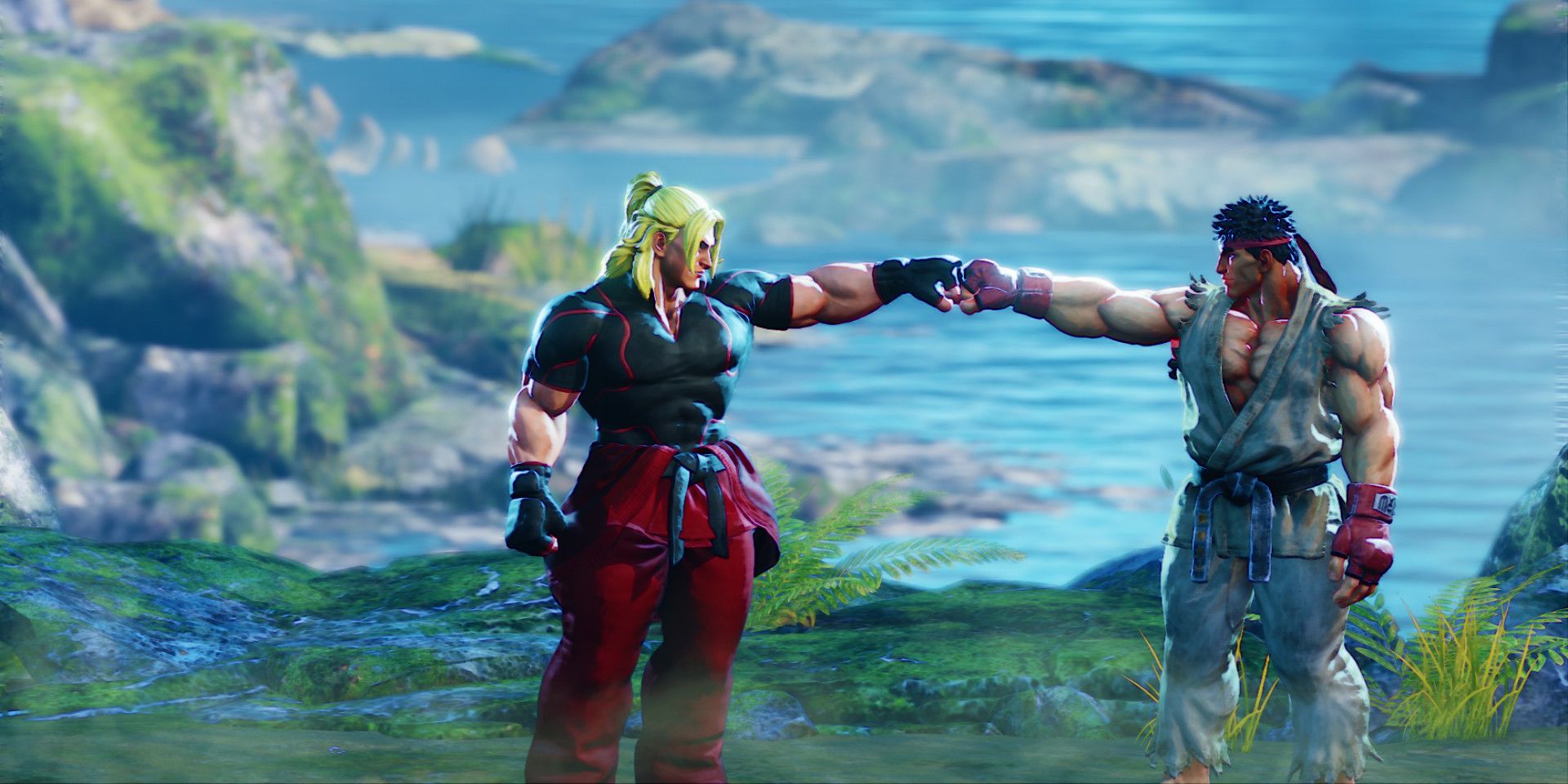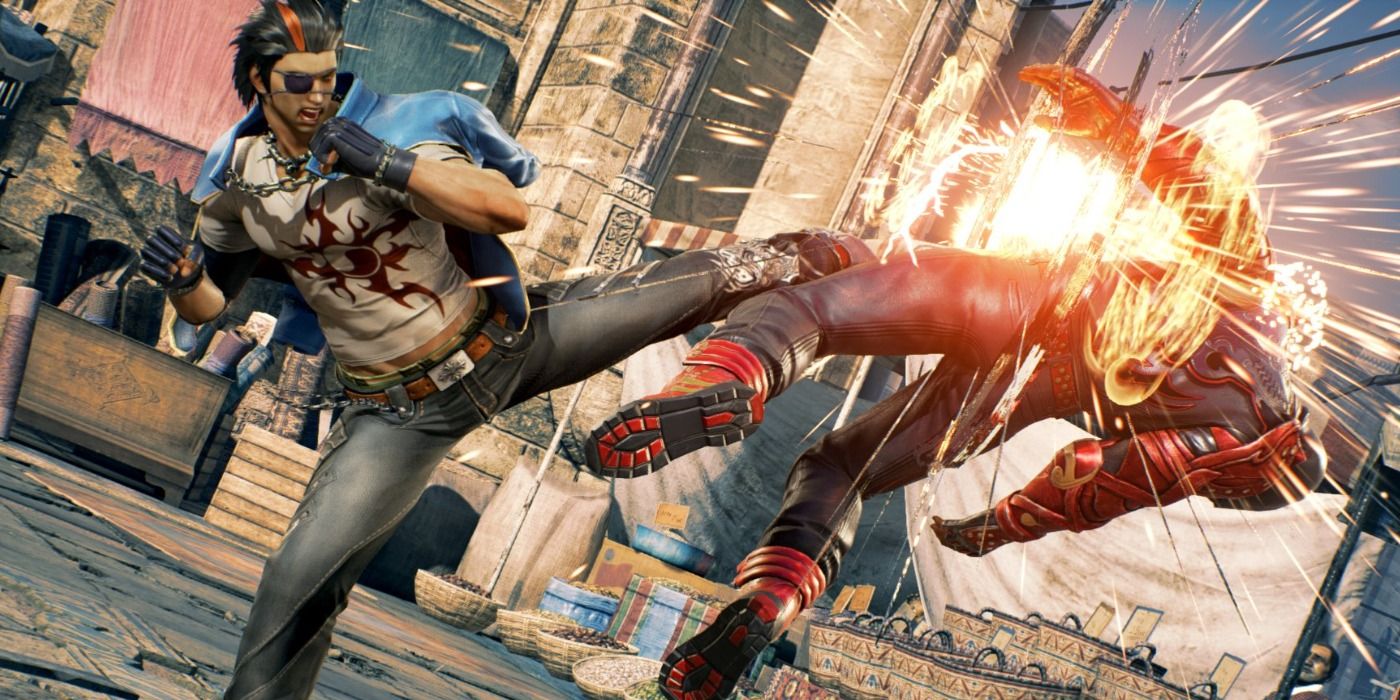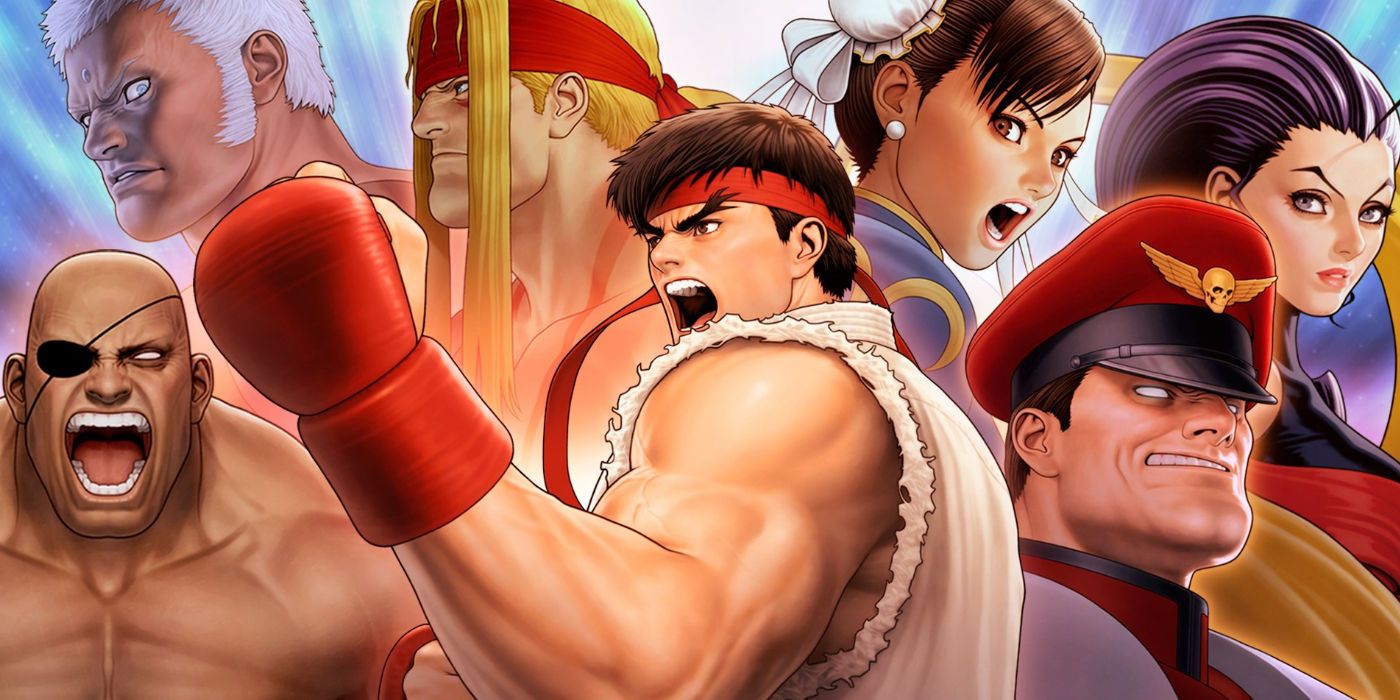In the more recent installments of the Street Fighter franchise, Ryu, the base template for every fighting game character in existence, likes to state that "The answer lies in the heart of battle" before the start of his matches. This sage-sounding statement also happens to be a core principle of storytelling in many fighting games: The best fighting game stories keep their "save the world" plots simple, while putting the most narrative focus on the personalities of their characters and how they grow as individuals during one-on-one combat.
The story modes of fighting games generally tend to fall into two categories: In games like Street Fighter, Mortal Kombat, and Tekken, a powerful host (usually the bad guy) sets up an elaborate martial arts tournament, drawing in an international group of fighters who want to cultivate their strength and undercover operatives who want to foil the host's schemes. This type of story actually owes a lot to Bruce Lee's seminal movie Enter The Dragon, where a Shaolin temple student joins a martial arts tournament hosted on a drug lord's private island to sabotage his criminal operations from within.
Other fighting games - franchises like SoulCalibur or Skullgirls - have what could be described as a "Treasure Hunt" plot, in which colorful fighters travel the world and battle each other for the chance to claim something precious - be it a powerful weapon or wish-granting relic. Characters in these fighting games are more likely to wield weapons or magic spells rather than bare knuckles and Ki attacks; the "Treasure" these heroes pursue also has a good chance of being cursed, evil, or otherwise destructive when wielded in the wrong hands.
Story structure aside, the best fighting game stories aren't driven by plot but by the interactions between the characters in their rosters (the idealistic heroes, the strength-fetishizing violence junkies, joke characters, and even guest characters like Geralt of Rivia), facing off against each other in the ring of battle and growing as individuals in the aftermath. To make these character interactions ring true for players, developers of fighting games should keep in mind the following principles.
Fighting Game Stories' Characters Need Meaningful Reasons To Fight
Good fighting game franchises, particularly long-running ones like Mortal Kombat or Marvel vs. Capcom, have huge rosters of characters with special abilities and personality quirks. It's fairly easy for fighting game writers to create story mode scenarios and pre-battle banter when "good guy" characters from these rosters face off against "bad guys." When two good guys or two bad guys are fighting each other, though, it's harder to narratively justify their conflict without resorting to cliches, such as "they're brainwashed," "they're having a misunderstanding," or "they're actually evil twins."
The Tekken games have an excellent example of an "evil vs. evil" character dynamic in Heihachi Mishima and Kazuya Mishima - karate masters and evil CEOs with a bitter father-son rivalry; if they joined forces, they'd be nigh-unstoppable, but Heihachi's past abuse of Kazuya as a child makes it impossible for them to ever reconcile. As for "good vs. good" fights, few rivalries can beat Ken and Ryu from the Street Fighter games, two students from the same karate school who treat each of their fights as a chance to learn and grow. Unlike the Mishimas from Tekken, Ken and Ryu's pre-fight cutscenes and dialogue frequently express the idea that combat between martial artists can be a positive, bonding experience.
Fighting Games Stories' Battles Should Foster Character Development
In many martial arts movies and fighting games, a one-on-one fight between two talented fighters is both a contest of athletics and a philosophical debate, with both combatants clashing to see whose beliefs are more correct. In the Street Fighter series, for instance, Ryu and Ken's friendly sparring strengthens both their martial arts and their life philosophies by testing them against each other. On the more antagonistic note, Ryu, who seeks serenity in the practice of martial arts, struggles to overcome Akuma, a demonic martial artist who follows the path of "murderous intent" and wants Ryu to embrace his own suppressed dark side.
Few fighting game character rivals get into the issues of martial philosophy as explicitly as Ryu, Ken, and Akuma do in the Street Fighter games, but the best fighting game character interactions often involve fighters "talking with their fists" - i.e., using the medium of combat to communicate with and influence each other. Sometimes, a fighting game character's whole worldview is transformed at the end of a fight. More often, they simply develop a respect for their opponent and a learn a valuable lesson for the future. Either way, character development ensues, and game developers make their virtual worlds of clashing martial artists more interesting and rewarding.



